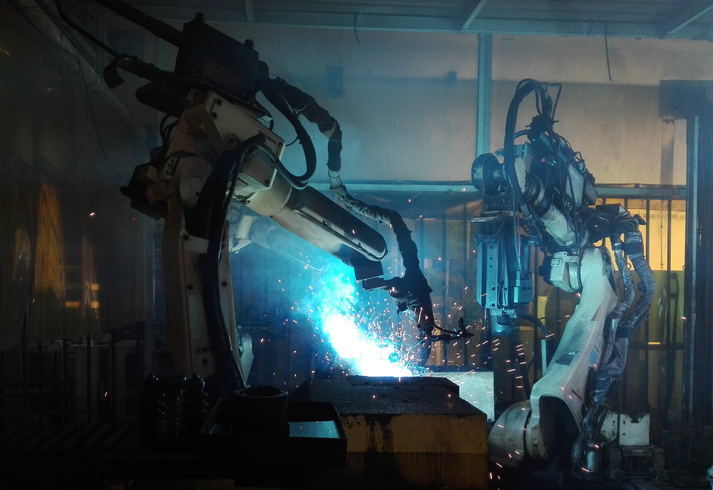How Robotic Welding Scales Production and Grows Your Business

Robotic welding can have a transformative impact on your business, beyond simply reducing labor costs. Introducing all the benefits inherent to robotic systems, manufacturers soon realize safety, quality and productivity benefits, among many others.
Manual welding may be an ideal solution for some welded parts, but for a high number of more simplistic welds, manual processes can come with inefficiencies that can be effectively eliminated with the use of robots.
The Advantages of Robotic Welding Over Manual Processes
In most instances, robotic welding is far more productive than manual welding. Some of the primary advantages of robotic welding include:
- Increased uptime. Robots increase throughput by achieving high levels of uptime. Welding robots don’t need breaks and only stop welding for routine maintenance.
- Consistency and repeatability. Welding robots, when programmed correctly, are able to produce the same exact weld every time. This level of repeatability contributes to consistency in cycle times, as well as improved product quality.
- Reduced operating costs. Robotic welding requires less manual welding expertise, which directly leads to labor savings. Additionally, welding robots have been known to waste less material and deliver quick return on investment, further reducing costs.
- Increased competitive advantage. Manufacturers that can produce more parts of higher quality at a lower cost will be highly competitive in their industry. Robotic welding helps manufacturers win competitive bids and grow their customer base.
Robotic welding offers advantages far beyond labor savings and can be an invaluable asset for a manufacturer. Robots introduce several key efficiencies into the production process that are impossible to achieve with manual processes.
Finding Business Growth Through Robotic Welding
Recently, a manufacturer of metal pallets and skid systems needed a custom robotic welding solution to cut cycle times. Existing processes were entirely manual, which presented a challenge in achieving milspec standards in a reasonable time frame.
Using manual processes to achieve military weld specifications eventually slowed production to the point of being unprofitable – a major hindrance to the company’s plans to scale production with demand.
Eventually, this company was able to automate welding processes and grow their business as demand increased. To learn more about how this was done, read the custom robotic welding case study from Genesis Systems Group.
Posted in Robotic Welding
